How popular is the name "Westphal" in the midwest? From religion to manufacturing, German immigrants named Westphal have impacted this country in vast ways, but in our business we’re going to focus on Henry Westphal, which itself is a name with considerable repetition. In fact, the number of people who've lost their lives to a “Henry Westphal” is quite vast and includes self defense, impaling with horse carriage, car wrecks, drunken brawls, and home improvement mishaps.
We’re going to be focusing on one particular Henry Westphal.

Yes. That one. Because of the confusion from the popularity of the name, there’s not going to be a deep-dive into the family history or his life. We’re only going to stick with what we can verify, and the reason why he’s so interesting to us - his rotating bolt and screw display cabinet.
Who is Henry Westphal?
Our Henry Westphal was born in 1840 in Hamburg, Germany, to Christian and Catherine. His younger brother, Julius, and sister, Anna, were also born in Hamburg before the entire family moved to the United States in the late 1850s. As mentioned in the Bromann Brothers post:
“Germany in the 1850s was a pretty tumultuous time with stark battle lines being drawn between Conservative methods of achieving national unification by force and Liberal attempts for unification through diplomacy - the crown verses the parliament. Within the violence and turmoil, there managed to be a burst of economic growth thanks to the rise of industrial capitalism.”
It was in that time the young Henry made it to Joliet, Illinois. It's not surprising that he found himself working at a hardware store in his 20s in the 1860s - the Westphal name is closely related to hardware in Illinois, Iowa, Indiana, and Wisconsin. But Henry found a problem, and went out to solve it with a nut and bolt case in 1874.
Joliet, Illinois was a major player during the Industrial Revolution. American Steel & Wire Co - the building where Industrial Artifacts calls home in DeKalb - had 4 plants in Joliet. Joliet Manufacturing Company had many subsidiaries in the area, stretching to Chicago. It’s probably why Henry turned to Andrew Dillman to improve his bolt and nut showcase. In this version, the drawers lock and can only unlock from the salesperson’s side of the counter, preventing customers from turning the shelves on their own. This cabinet was quite a success.
Do you have a Westphal or other cast iron cabinet to sell? Let us help you sell it.
Henry's "incident" above was in 1875. He was pardoned. According to the judge. "... the prisoner was set upon by a crowd of persons at a German ball. He was knocked down and beaten. On escaping again, and the crowd about overtaking him he cried; ‘Stop or I'll shoot.’ They didn't stop and he fired. He should never have been convicted.”
Westphal's early inventions
And so it was the very next year he received his naturalization card in 1876. You can see where he declares himself as “a citizen of the United States in his future patents of what he was known for at the time - flower stands.
The Westphal Rotating Cabinet Production
Westphal's rotating screw and bolt cabinet was first made via Andrew Dillman’s connections, but still produced under Henry's own name. From there, Schenck’s Adjustable Fire Backs (est. 1882) took over the manufacturing. Because people liked it when their house didn’t burn down, Schenck made a considerable fortune manufacturing fireback protection and adjustable repairs for stoves. But the company had a stockpile of patents under their control.
Hibbard, Spencer, Bartlett & Co. (est. 1855) also manufactured 2 versions of Westphal’s design. Hubbard, Spencer, Bartlett are the originators of True Value hardware brand name
The Butler Manufacturing Company (est. 1893, previously Butler Industries) got in on the action - a bit of sidestep from their bicycles and other thinner metal products. Like Hibbard, Spencer, Barlett, and Company, Butler MFG offered a version of Westphal's case with no glass windows.
Industrial Artifacts is proud to offer the best selection of antique Westphal revolving cast iron cabinets.
The Westphal Improved revolving screw and bolt case is a magnificent merger of function and style, and is one of the rarest pieces of hardware to find complete. There are so many intricate moving parts topped with unprecedented flourish while still allowing manufacturing companies to incorporate their own spin on the design.
The details of manufacturing seems to be as murky as the rest of Henry’s life. After the 1900s, many of children of the larger Westphal family began to change the spelling of their name to “Westfal" to separate themselves, which further confuses the lineage. But even without the details, the story of this Henry Westphal is quite simple: A 20-something German immigrant working at a hardware store saw a problem and fixed it with the most glorious way possible.
And over 125 years later, they're still awesome. Click on the pic below to see them up close.
Westphal Cabinet demo from WrenchGuy
A few years back WrenchGuy on YouTube went through the complex (some might say "insane") process of restoring an 1874 Westphal cabinet. His series of videos include finding a foundry to re-pour some of the missing and/or broken shelves. Along the way, he pointed out a really important detail about Westphal's design - each tier is remarkably easy to take apart and put back together. This way you can replace a damaged or broken piece individually without the need of buying a whole new shelf or unit.
Watch as WrenchGuy demonstrates below, and check out his later videos for the incredible finished product.



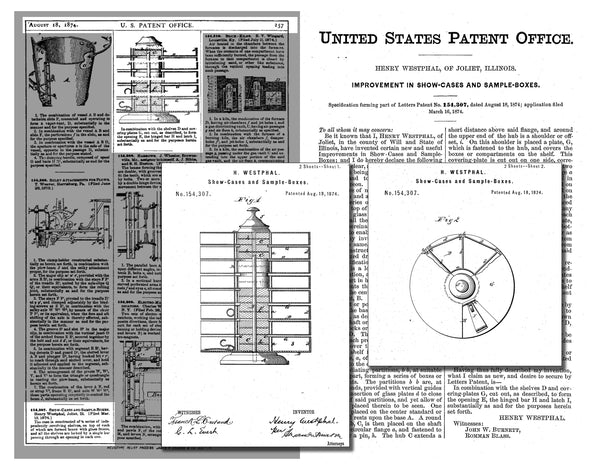
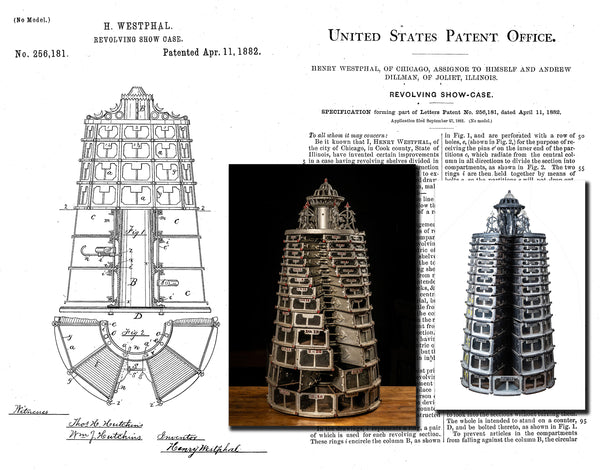
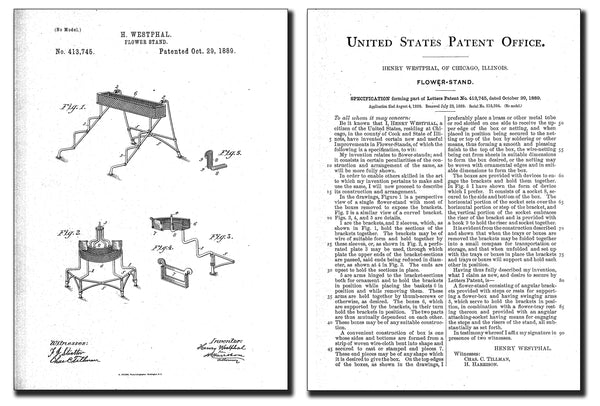
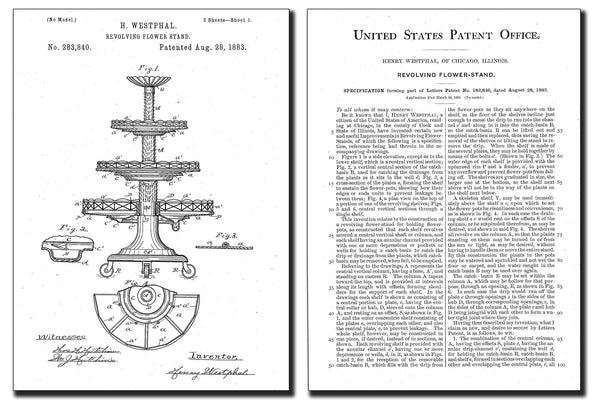
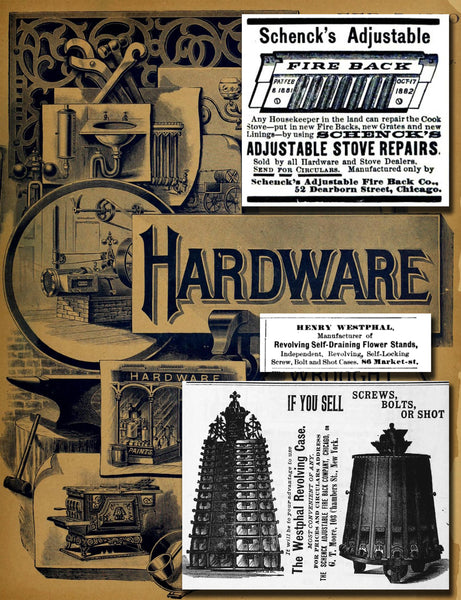

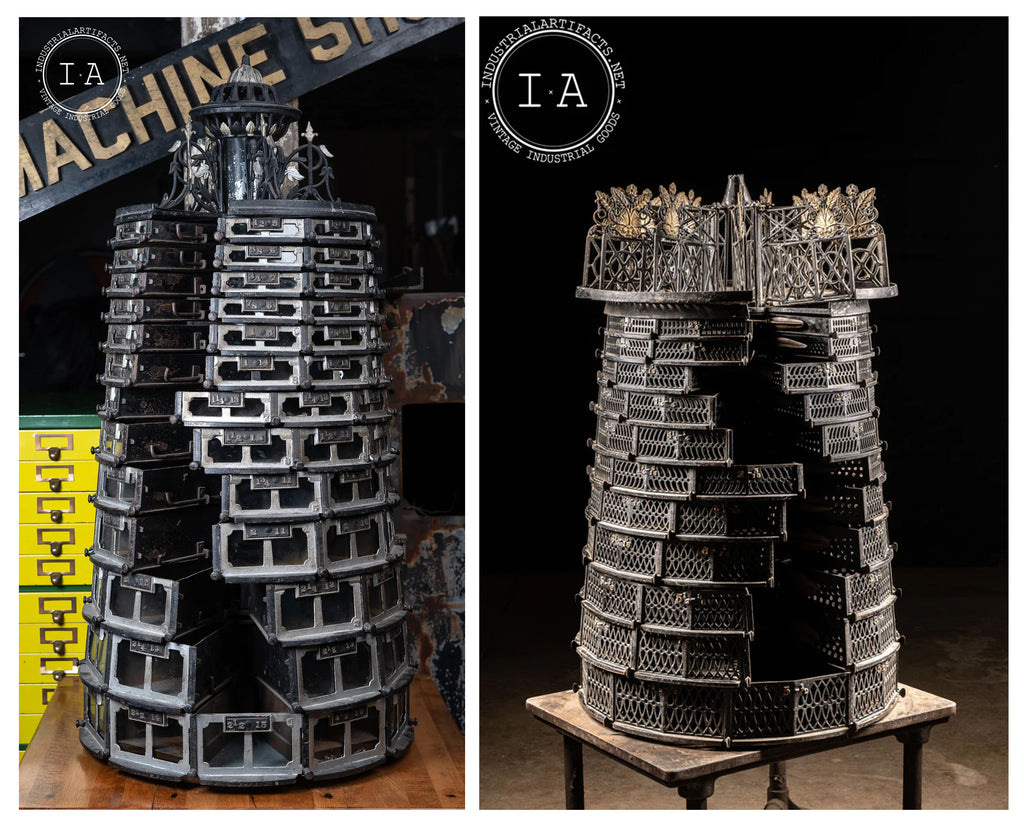




Hello, I have a small counter top Westphal cabinet that is missing the decorative top pieces and was wondering if anybody (yall) reproduce those parts? Thank you. Kurt
Leave a comment